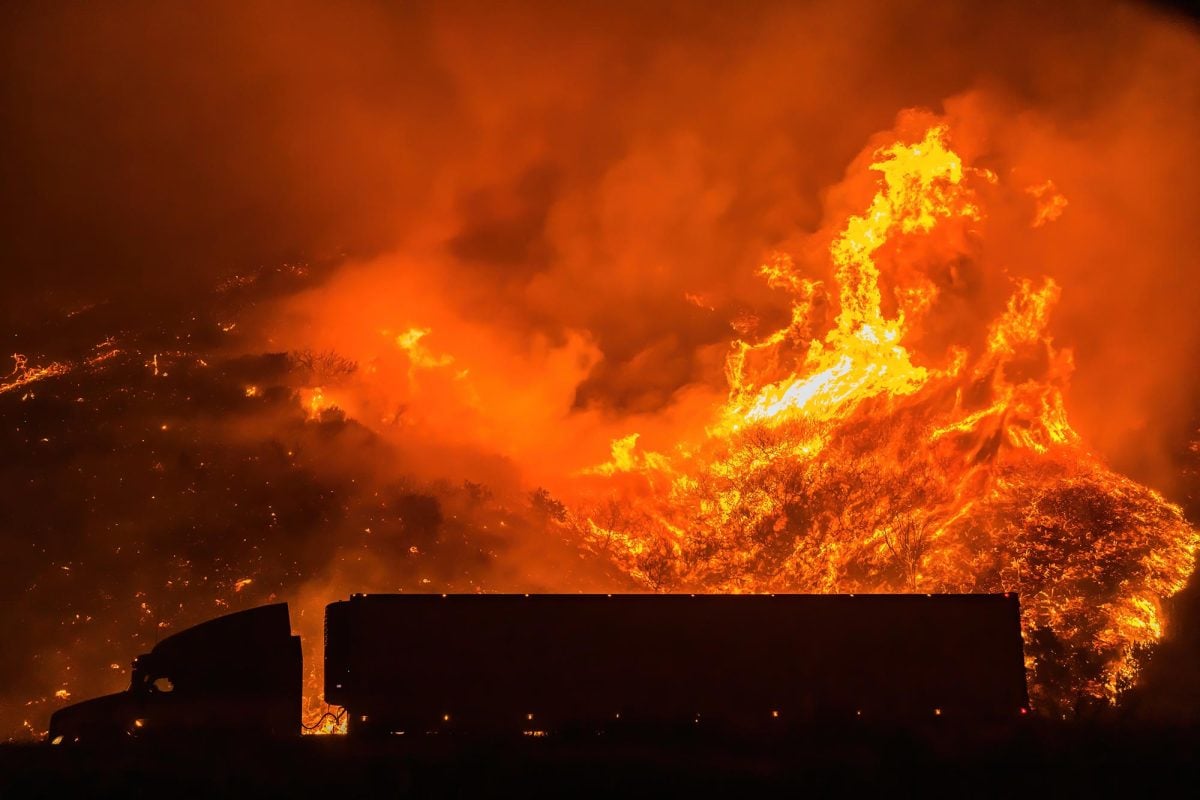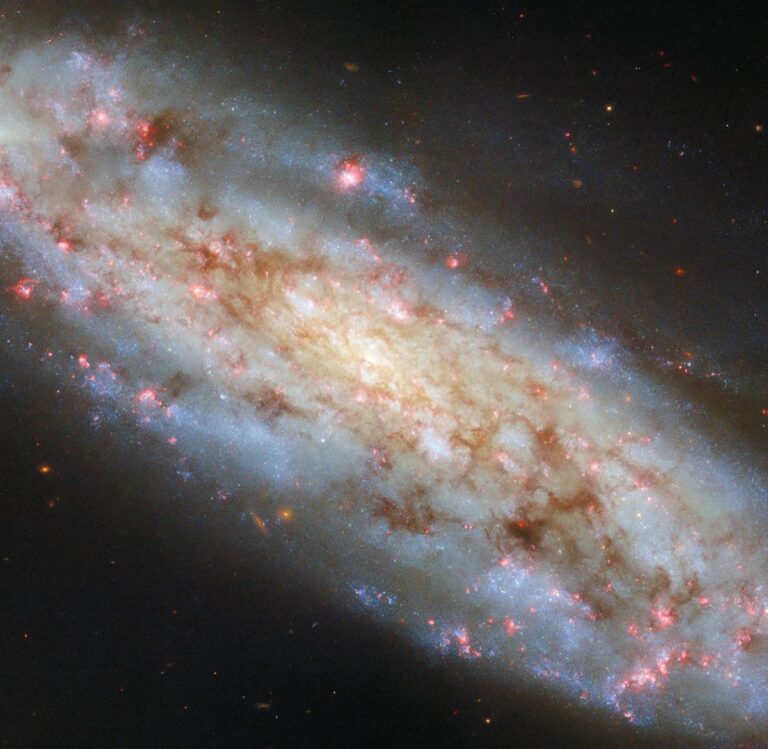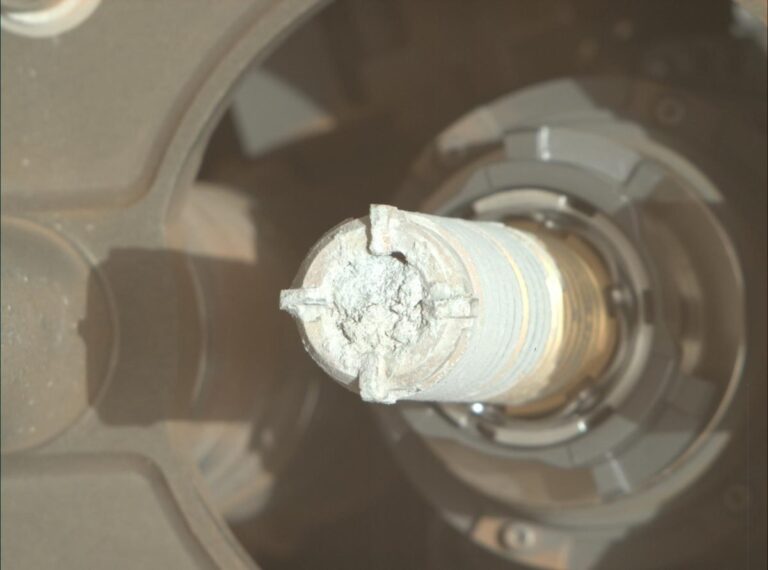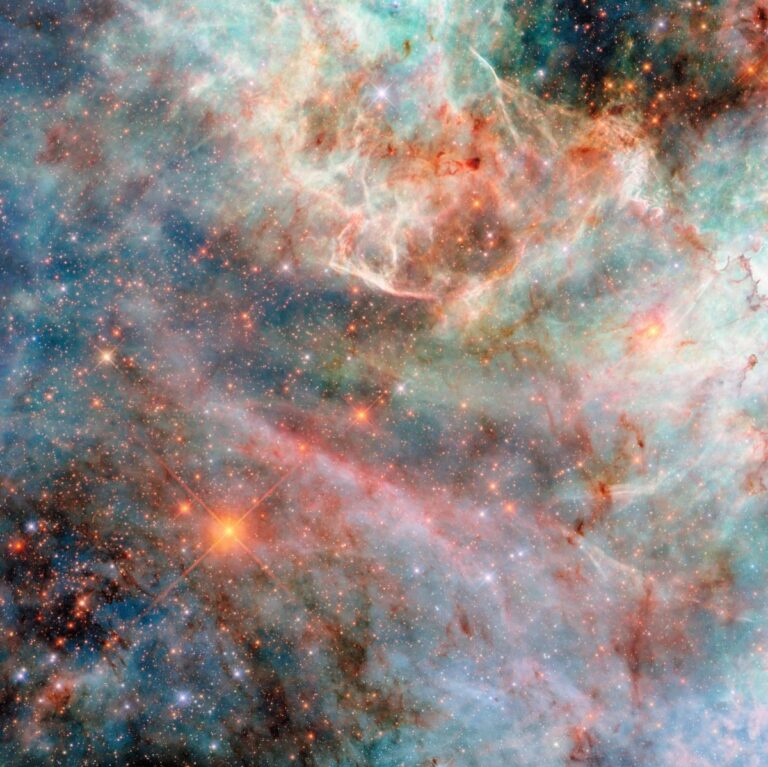By Washington State University, January 11, 2025California, a state known for its natural beauty and diverse landscapes, is increasingly facing an alarming environmental phenomenon: hydroclimate whiplash. This term describes the rapid shifts between extreme weather events, such as torrential rains and prolonged droughts, leading to devastating consequences like floods, wildfires, and widespread damage.
What Is Hydroclimate Whiplash?Hydroclimate whiplash refers to the rapid oscillation between opposing weather extremes, such as heavy rainfall and severe droughts, often exacerbated by climate change.
In California, this phenomenon is intensifying, driven by rising global temperatures and shifts in atmospheric patterns.Dr. Emily Carter, a climate scientist at Washington State University, explains:”California’s weather patterns have always been dynamic, but the scale and frequency of these extreme events have grown dramatically in recent years. These shifts are not random—they’re a clear signal of an evolving climate system.
“The Consequences of Hydroclimate WhiplashThe impacts of this volatile weather cycle are far-reaching:
1. Flooding from Torrential Rains:Atmospheric rivers—narrow bands of concentrated moisture—are dumping record-breaking rainfall on California. These intense storms overwhelm infrastructure, causing flash floods, landslides, and property damage.
2. Droughts and Water Scarcity:Following periods of heavy rain, prolonged droughts leave reservoirs dry, groundwater levels depleted, and ecosystems struggling to adapt. Farmers face significant challenges as agricultural water supplies dwindle.
3. Raging Wildfires:After dry periods, vegetation becomes highly flammable, fueling massive wildfires. These fires not only destroy homes and wildlife habitats but also release immense amounts of carbon dioxide, further exacerbating climate change.Why Is This Happening?Hydroclimate whiplash is closely linked to global warming.
Rising temperatures increase the atmosphere’s capacity to hold moisture, intensifying storms. Conversely, higher evaporation rates during dry periods worsen drought conditions.California’s unique geography also plays a role. The Sierra Nevada mountains and Pacific Ocean contribute to localized weather patterns that amplify these extreme swings.The Human and Economic TollThe human and economic costs of hydroclimate whiplash are staggering. In 2023 alone, California faced billions of dollars in damages from flooding and wildfires. Families are displaced, communities are devastated, and rebuilding efforts strain state resources.
Moreover, the health impacts of wildfires—such as respiratory illnesses from smoke exposure—affect millions.Adapting to a Changing ClimateTo combat the effects of hydroclimate whiplash, California is implementing adaptive strategies, including:Infrastructure Upgrades: Improving flood control systems, dams, and reservoirs to handle extreme rainfall.Forest Management: Reducing wildfire risk through controlled burns and vegetation clearing.Water Conservation: Expanding water recycling programs and improving efficiency in agriculture and urban areas.Dr. Carter emphasizes the importance of global cooperation:”While local adaptation is essential, addressing the root causes of climate change requires international efforts to reduce greenhouse gas emissions.
“A Call to ActionCalifornia’s accelerating hydroclimate whiplash serves as a stark reminder of the urgency to act on climate change. From torrential rains to raging fires, the state’s challenges are a microcosm of a global crisis.
What Can You Do?Support policies that prioritize renewable energy and sustainability.Conserve water and reduce personal carbon footprints.Stay informed and prepared for extreme weather events.California’s fight against hydroclimate whiplash underscores the need for resilience and innovation.
By working together, we can mitigate the impacts of climate change and build a more sustainable future for generations to come.

















+ There are no comments
Add yours